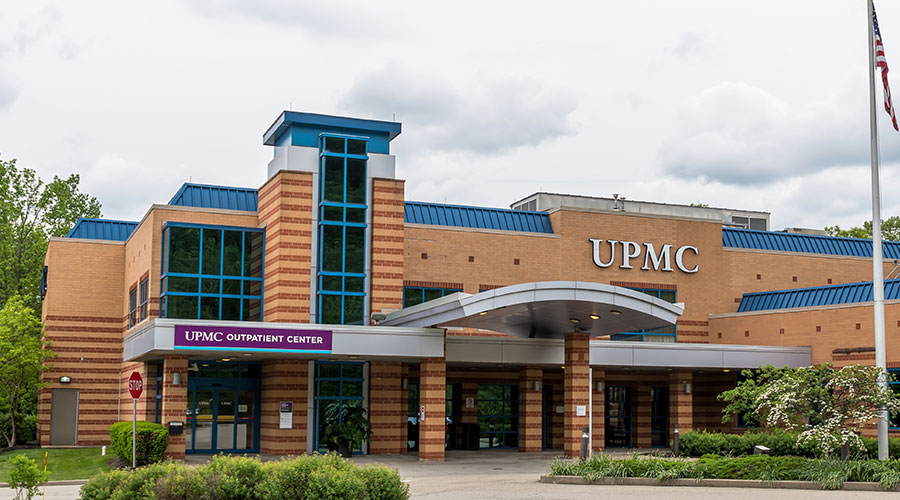Making Renovations Work
Strategies for ensuring that maintenance and engineering managers get in on the ground floor of discussions and decisions related to renovations
Organizations regularly renovate facilities that are old and not so old, and the results vary greatly. Tight schedules and limited budgets are among the chief stumbling blocks.
But an often-overlooked cause of renovations that fail to meet the expectations of building owners, managers, occupants is a lack of thorough planning. In too many cases, designers, planners and facility executives make decisions on renovations without taking full advantage of the part of the organization that has the deepest knowledge of how facilities operate — maintenance and engineering.
Despite the fact that departments often have the greatest familiarity with facilities systems, equipment and materials, managers frequently talk about running into a brick wall in trying to offer input on facilities renovations.
In recent years, communication between maintenance and engineering departments and project designers has improved in many organizations.
“We’ve made unbelievable strides, and the trend is in the right direction,” says Pieter van der Have, director of plant operations at the University of Utah. Still, resistance remains, and project designers continue to make important decisions on renovations without full input from maintenance and engineering.
A closer look at two such instances offers insights into ways managers can make their voices heard in planning for renovations, as well as ways they can use the projects to benefit their department‘s operations.
Remaking History
Building 512 had seen better days.
“The building had been kind of a bag of bones,” van der Have says, referring to a 27,000-square-foot, four-story structure built in 1908. Originally used as a military hospital at nearby Fort Douglas, Building 512 had sat largely unused for the last 40 years, and the university had considered tearing it down.
Then, several years ago, the university allocated funding to renovate the building for use as office space, and the structure now houses about 130 people in several departments, including a radiological laboratory. The age and condition of the wood-frame, brick-veneer building presented immediate renovation problems.
“It was an attractive building, but it wasn’t functional,” van der Have says. Years of disuse, combined with demands placed on today’s facilities related to comfort, technology and performance, meant the task would be more difficult than planners first envisioned.
“The framing and the structure were not as we anticipated or as the original plans showed,” says Tom Christensen, a project manager with the plant operations department. For example, paths for ductwork and mechanical piping were closed, and installers had to find different routes for these components. And there was more.
“The parameters of the building held us back from doing some things,” Christensen says, referring primarily to energy efficiency goals related to the HVAC system. In other cases, budget constraints forced planners to eliminate some aspects of the renovation. For example, room HVAC controls — at a cost of $2,000 per unit for 40-50 offices — quickly fell by the wayside.
Some of the problems might have been averted had planners done their homework early in the process by consulting more closely with building occupants, as well as bringing maintenance and engineering into discussions earlier.
“Because of the inferior feasibility work up front, the budget for the project was too low,” van der Have says, adding, “designers didn’t talk to maintenance.”
Christensen advises managers going through planning for renovations of historic buildings — or any building, for that matter — to make sure that all involved parties take the project’s preparation and planning seriously.
“They would be wise to put some extra money into the project budget in the beginning and have the design team do a more thorough initial investigation,” he says. “They don’t tend to do that.” Van der Have puts the onus on managers to improve communications with project planners.
“It’s up to the leader to make it happen,” he says. “If leaders don’t take the initiative, it just isn’t going to happen.”
Renovation as Opportunity
The partial renovation of a 200,000-square-foot building at ChevronTexaco’s headquarters in San Ramon, Calif., began with the best of intentions — increasing accessibility and regulatory compliance. Things quickly changed.
“What started as an ADA project turned into a total blowout,” says George Horn, the company’s superintendent of operations and maintenance.
Begun in 2004, the renovation planned to bring the building’s restrooms into compliance with the Americans with Disabilities Act (ADA). The project also would allow workers to upgrade the showers located in two of every four restrooms on each floor of the building.
Soon after the project began, however, workers uncovered problems. The problems included recessed soap dishes in the showers that were not properly sealed, and a lack of pans under the showers. Workers discovered that water leaks over the years had heavily damaged structural materials beneath and around each restroom. The scope of renovation of eight restrooms quickly expanded.
In addition to repairing the damage and improving accessibility, the renovation also is allowing Horn to bring another important benefit to the organization — namely, water savings in an area of the nation plagued by rising water costs. Initially, facility executives had reservations about whether plumbing upgrades would produce anticipated savings. But once Horn was able to quantify the savings, the executives gave their blessings to the overhaul.
The project’s water savings were to come in part from top-mounted automatic flush valves installed early in the renovation, Horn says. Soon, however, problems with water in the valves’ solenoid caused valves to short out.
“We lost our water savings when they shorted out.” he says. Rebuilding the installed valves proved almost as costly as replacing them with new top-mounted models, so Horn opted to replace them with side-mounted valves and eliminate the solenoid problem.
Horn also took advantage of the renovation to bring greater efficiency to an operation that troubles many departments — inventory management.
“We tried to standardize and modernize the products used in the renovations,” he says. “We had myriad different materials, and consistency was non-existent.”
Now, plumbing systems at the headquarters campus, as well as facilities at the company’s Concord and Richmond campuses — both also in California — feature standardized inventories of parts.
Not surprisingly, Horn concurs with his peers at the University of Utah about the important role maintenance and engineering departments can play in successful renovations.
Says Horn, “We can remind them of the long-term cost of ownership, not just the up-front cost.
“But it’s got to be a team approach. Our goal is the same — to get from one side of the ocean to the other. Operations and maintenance must be involved in the initial design to ensure success.”
Related Topics:











